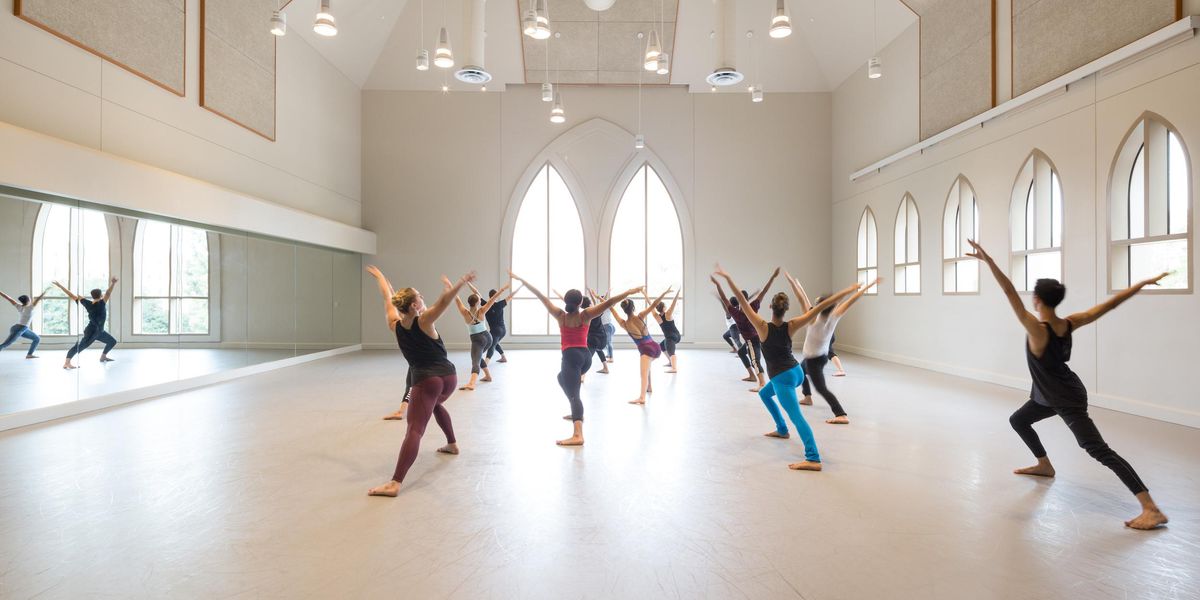10 Minutes With Lauren Lovette
The NYCB principal tries her hand at choreography.
Even back when she was in the corps at New York City Ballet, you couldn’t miss Lauren Lovette. With her vivacious eyes, delicate pointework and engaging manner, she had a way of pulling the audience into her world. Stories seem to pour out of her, whether she’s dancing the playful lead in Balanchine’s jazzy “Rubies,” the mysterious
femme du monde in his Vienna Waltzes or the slow spinning solo in Christopher Wheeldon’s Polyphonia. A principal since June 2015, she’s now ready to create a story of her own, from scratch. For its fall season, NYCB commissioned her to choreograph a 15-minute ballet, her first for the company.
How did this commission come about?
Peter Martins has been talking to me ever since I made a piece for the Choreographic Institute, back in 2010. Every year he mentions it. And I always say, “We’ll see—I really want to dance.” This past year, he pulled me aside and said, “I want you to choreograph something. You have to do it. Just think: new Lovette, 2016.” And I said, “Yeah, okay, I’ll do it.” And then he pulled me aside again and said: “It’s not because you’re a woman.” I really needed to hear that.
Do you feel a conflict between your dancing career and choreographing?
Yeah, it’s about finding the time. As it is, I’m rehearsing all day and performing at night. My stress levels are usually pretty high.
How do you approach your work in the studio when you’re choreographing something?
I ask the dancers a lot of questions. If I give a step, I ask, “Where is your weight naturally going? Do you feel like going this way or that way?” As a dancer, when I work with a choreographer, I wish they would ask more questions.
What are your biggest challenges as a choreographer?
Developing patterns, moving large groups, building the architecture. And commanding a room. I’m just me! I can’t pretend to be someone else.
How did you find the music, Robert Schumann’s
Introduction and Concert Allegro, Opus 134?
Fifteen minutes is a difficult length. I wanted a single piece with variety within it. The first time I heard it I think I was cleaning my apartment and had Spotify playing. I like the way it starts, quietly, just the piano at first. Then there’s a mischievous part in the music that I thought could be for a girl dancing on her own, and then this huge tormented part that I thought would be a couple fighting. It had to be!
What made you pick the designer Narciso Rodriguez?
I like to see bodies—pure, human form, and I know Narciso shapes the female form really nicely.
Do you think other women in the company may follow your example?
I think so. I hope so! They were all surprised that I was doing this. They were like, “Do you have ideas?” And I said, “Yes! I have ideas. Don’t you ever think about it?” It’s always scary when nobody else is doing it.




